Whey: Types, Composition and Health Implications
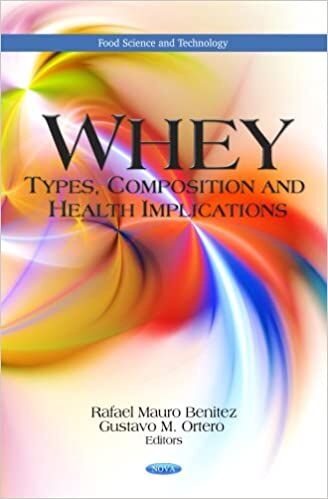
By Rafael Mauro Benitez and Gustavo M. Ortero
Whey: Types, Composition and Health Implications PDF. Whey, the serum or liquid part of milk remaining after separation of the curd, results from the coagulation of milk by acid or proteolytic enzymes. Whey proteins have a relevant nutritional value, and several commercial uses have been developed by the dairy industry. In this book, the authors present topical research in the study of the types, composition and health implications of whey. Included in this compilation are the immune-modulating effects of whey proteins and peptides; the behaviour of whey proteins as fat replacers in low-fat food products; up-stream processing methods, general principles and fermentation strategies for microbial productions using whey as a substrate; and the effects of whey protein intake on glucose homeostasis.
Get This Book
This Book is Available For Premium Members Only


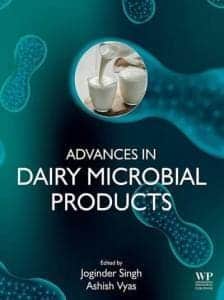
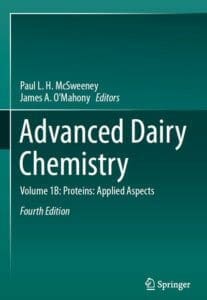

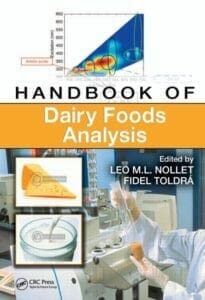
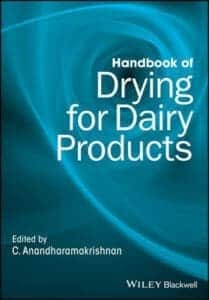
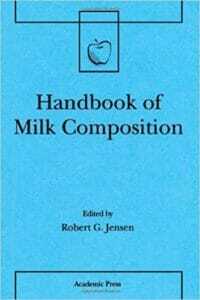





![Ettinger’s Textbook of Veterinary Internal Medicine 9th Edition [PDF+Videos] Ettinger’s Textbook of Veterinary Internal Medicine 9th Edition [True PDF+Videos]](https://www.vet-ebooks.com/wp-content/uploads/2024/10/ettingers-textbook-of-veterinary-internal-medicine-9th-edition-100x70.jpg)

![Textbook of Veterinary Diagnostic Radiology 8th Edition [PDF+Videos+Quizzes] Thrall’s Textbook of Veterinary Diagnostic Radiology, 8th edition PDF](https://www.vet-ebooks.com/wp-content/uploads/2019/09/textbook-of-veterinary-diagnostic-radiology-8th-edition-100x70.jpg)






